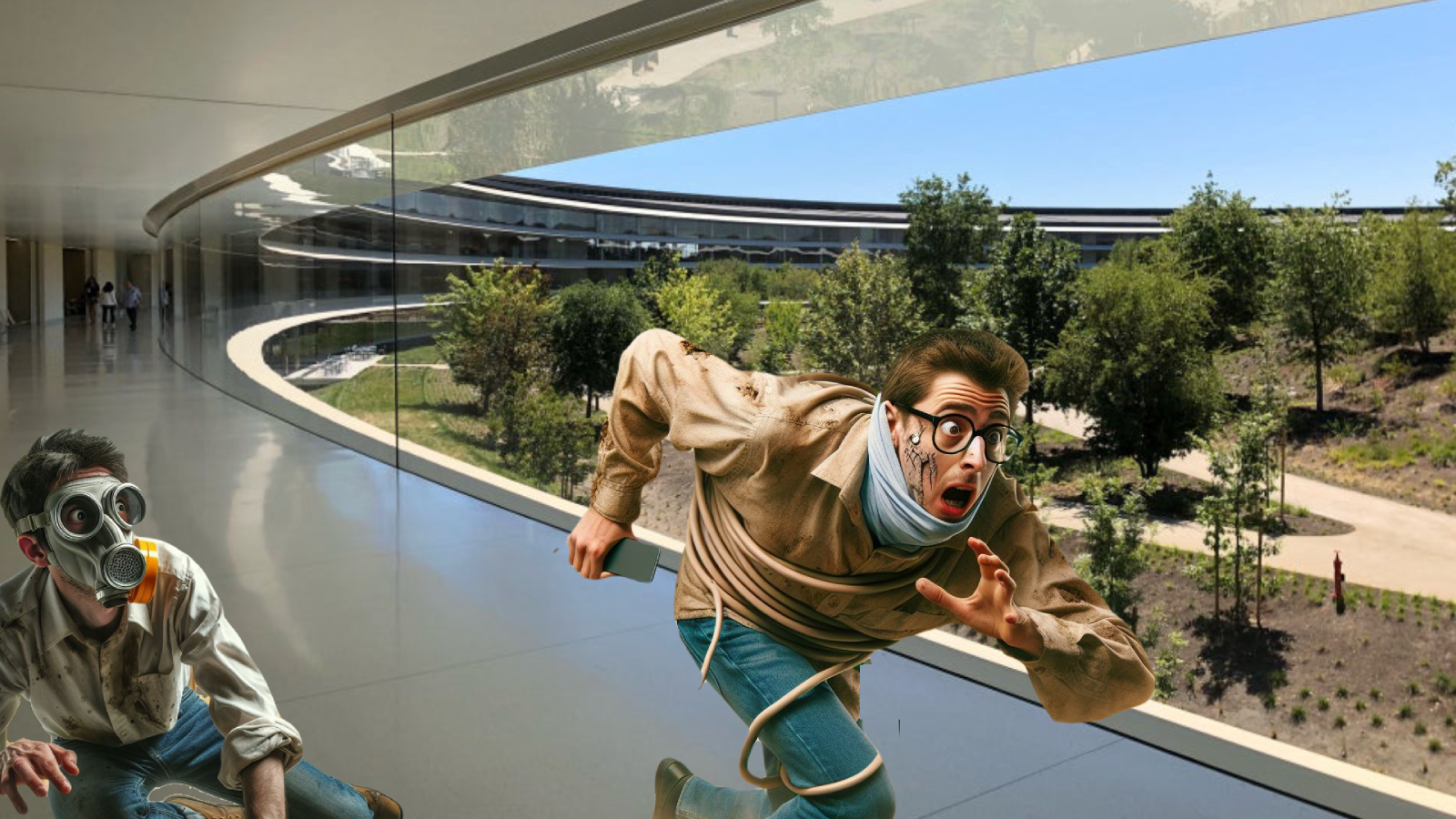The narrative is shifting at CES 2024. While Apple has courted creators with its MacBooks for years, a new wave of creativity is cresting — powered by Intel’s Core Ultra . We’re seeing laptops far more competitive with Apple’s offerings, which critically means far more device diversity. With touchscreens, OLED displays, foldables, and more, all of which are design options that Apple seemingly doesn’t care for.
I imagine every year, Apple holds design meetings that last 90 seconds. Most of which are spent exchanging pleasantries. One sentence is then uttered, “Same clamshell, same style, maybe make a black one since we’ve not done that in a while.”
This isn’t a call for abandon; it’s a plea for evolution. Utilitarian design has its place but shouldn’t stifle creativity or limit choice. Apple’s customers deserve more than predictable iterations, more than an annual price hike disguised as progress, and more than design elements introduced half a decade ago delivered as revolutionary breakthroughs. They deserve options and the freedom to choose beyond the confines of Cupertino’s walled garden.
Moving forward, Apple stans need to demand more of their brand, and hailing the Cupertino company for its innovation by delivering a VR/AR headset at four times the cost of the competition, isn’t it.
Time to leave the dungeon
(Image credit: Future)
Now, there is something to be said about the kind of proprietary ecosystems Apple has chosen to build, but that doesn’t mean the hardware needs to remain siloed inside the walls of Cuperino as well. Apple’s design teams should be allowed to stray outside of Apple Park for ideas so they can see how much the world has changed and how it will continue to do so.
With the rest of the world offering touchscreens, 360-degree hinges, dual screens, and more affordable options, Apple can’t continue to try to hawk its iPad as sole touch display computing device or pretending that it’s a suitable laptop replacement
Apple was the company that rejuvenated the tech world when it came to design, now it finds itself in choppy waters, and when you add the maker’s growing legal woes to its stagnant design, it makes the brand appear outdated.
We can only hope that somewhere within those impenetrable circled walls lies a person with the courage to say, “Maybe we can add a new color, a folding hinge, a touch display, or even a stylus.” If we’re lucky, maybe they’ll even toss in one of those $20 dish rags.
Bottom Line
This isn’t an attack on Apple. It’s a plea for the return of its spark, the spirit that once redefined product design. I write this on a MacBook, surrounded by Apple’s ecosystem, because I appreciate its ease and seamless connectivity. But as a consumer, I yearn for more. When your company is valued at over $2 trillion, you should be more creative with your designs or, at the very least, more open-minded.
I hope Intel and its OEM partner’s aggressiveness pushes Apple to rediscover its spark and design some truly innovative products. I’m sorry, but I see the Apple Vision Pro as more of a diversion than a product that an average consumer can ever enjoy or own. I could be wrong; I’ve made errors in judgment before, but the brilliant engineers, inspired designers, and battery sorcerers of Apple Park have to step up their game sooner rather than later.
Intel Core Ultra ignites a fire of optimism, a vision of a laptop landscape bursting with variety and vibrancy that may grow even brighter with Qualcomm’s allegedly M3 beating Snapdragon X Elite this summer
Back to Laptops
SORT BY Price (low to high) Price (high to low) Product Name (A to Z) Product Name (Z to A) Retailer name (A to Z) Retailer name (Z to A)
Load more deals







